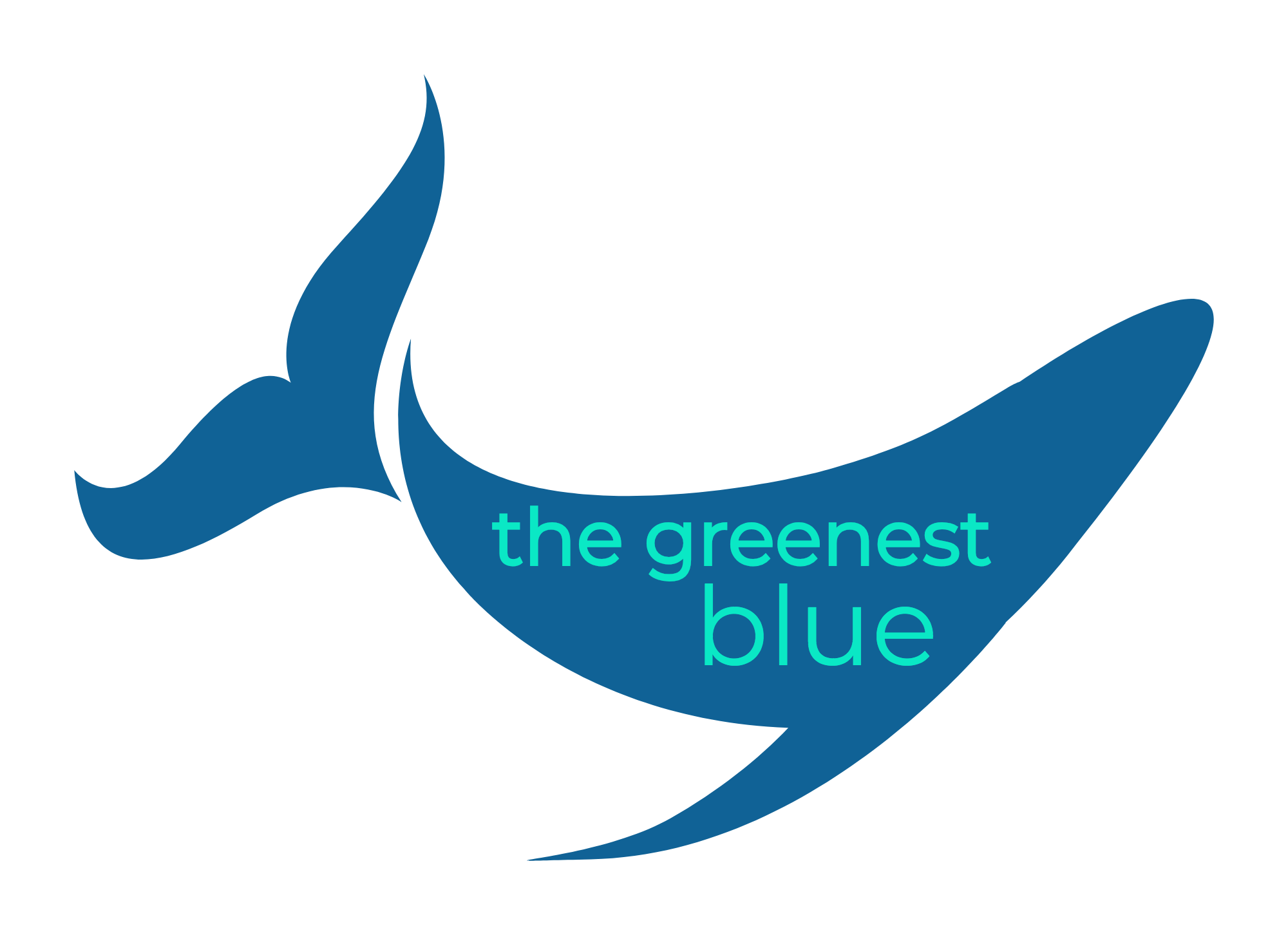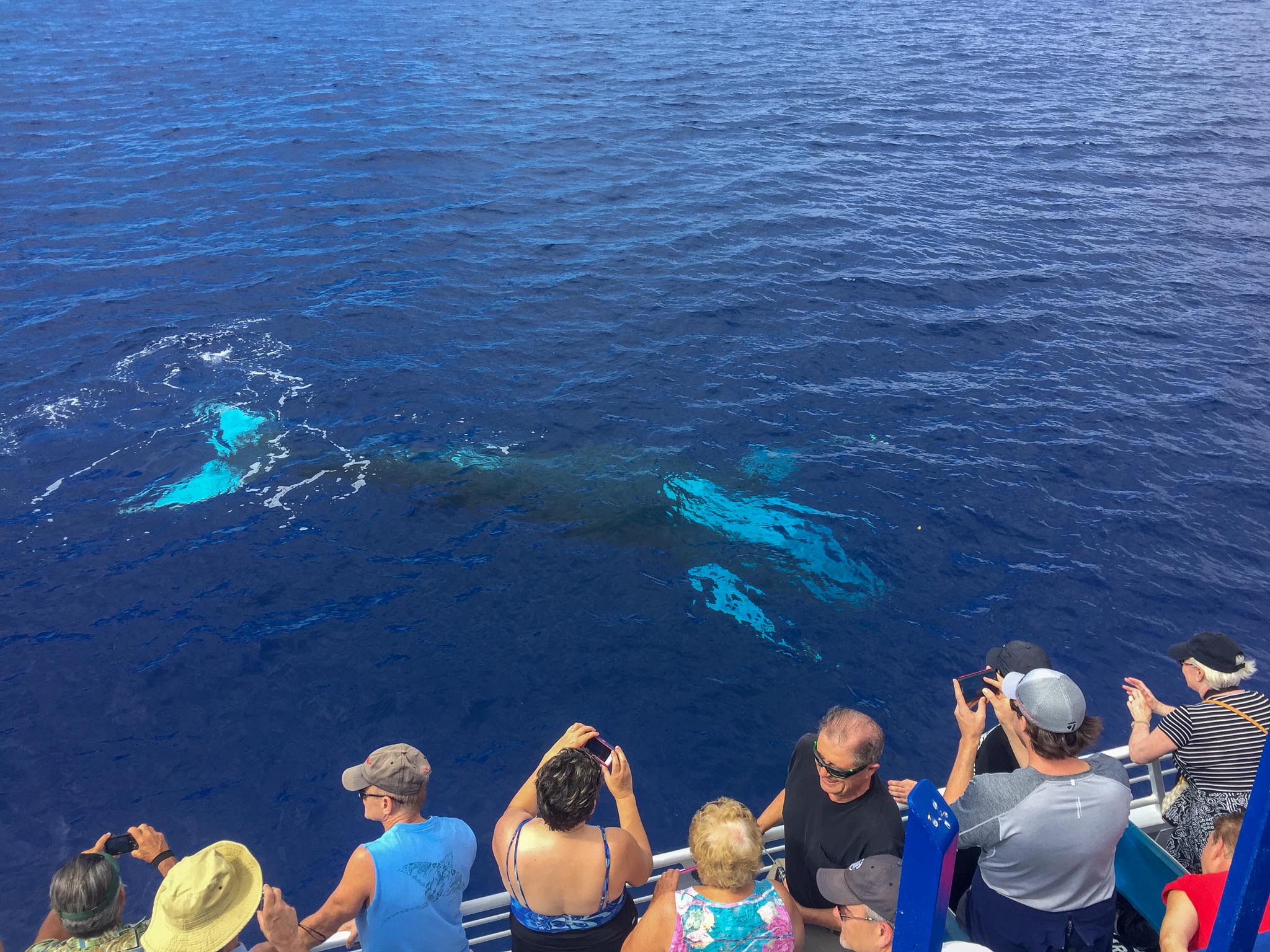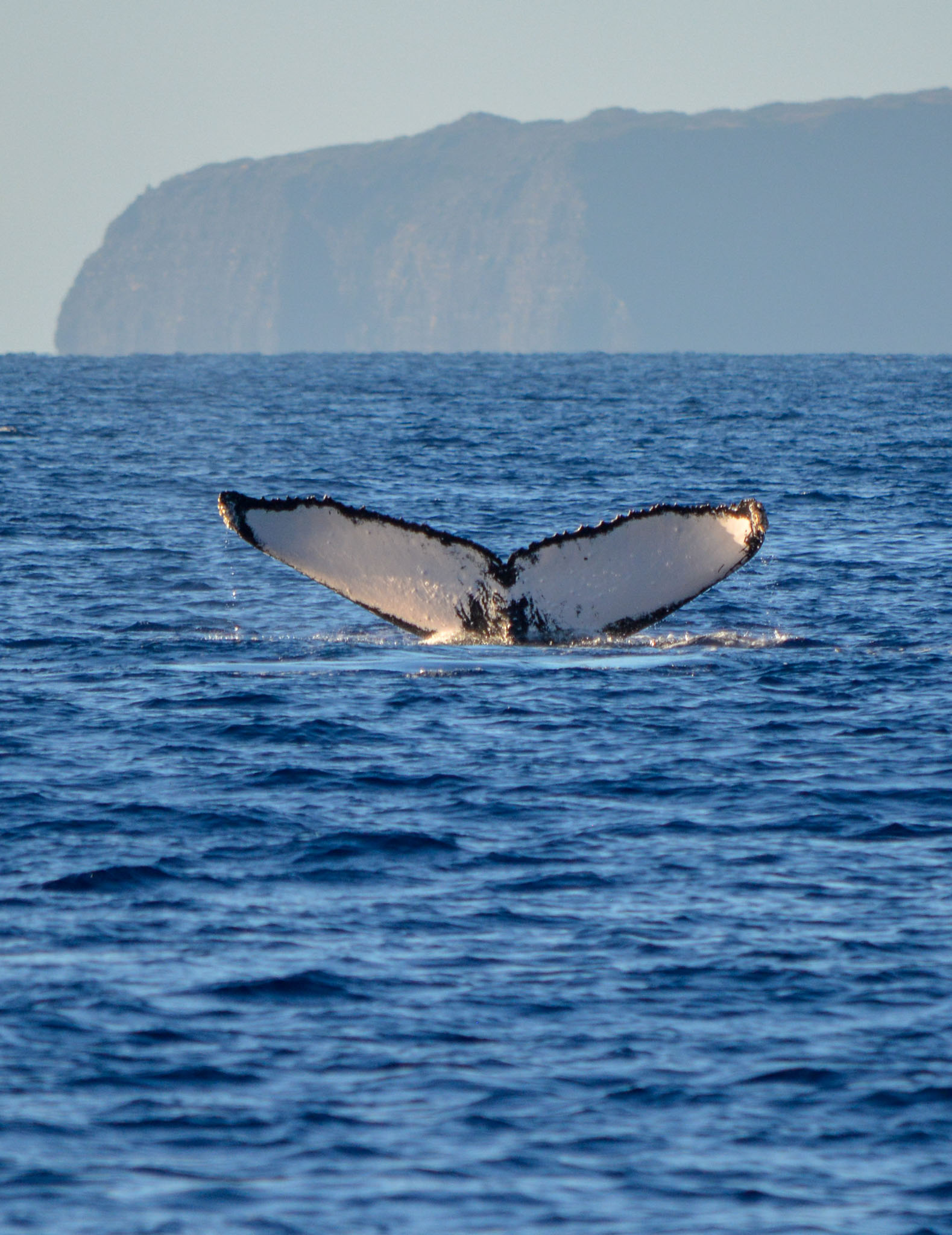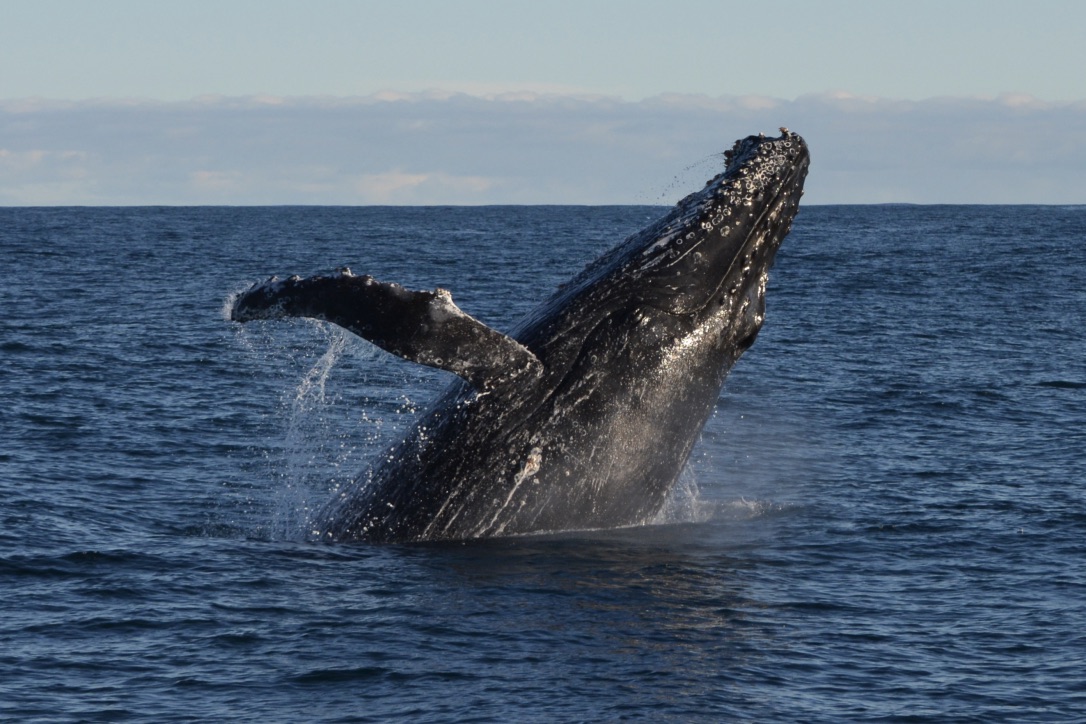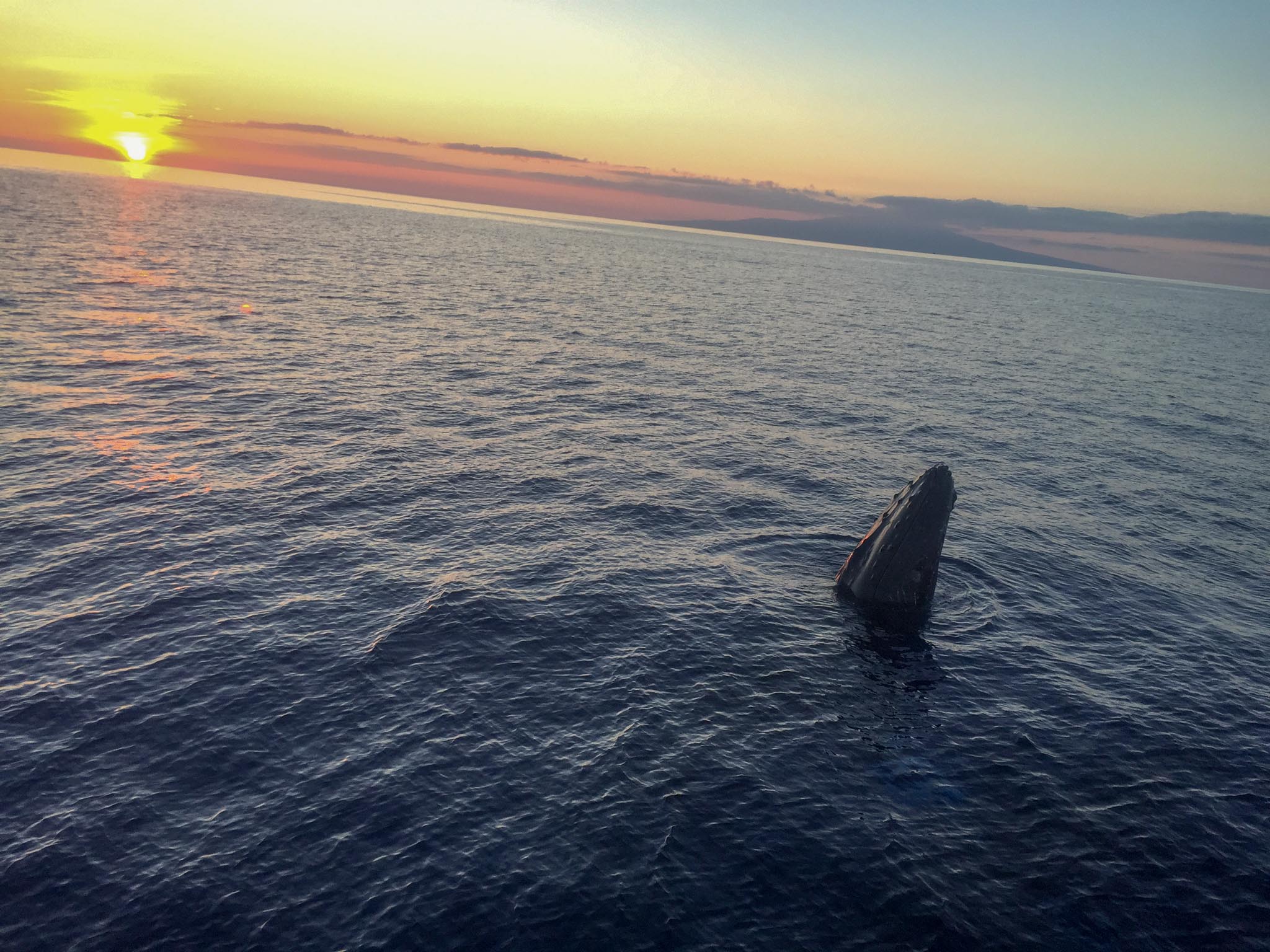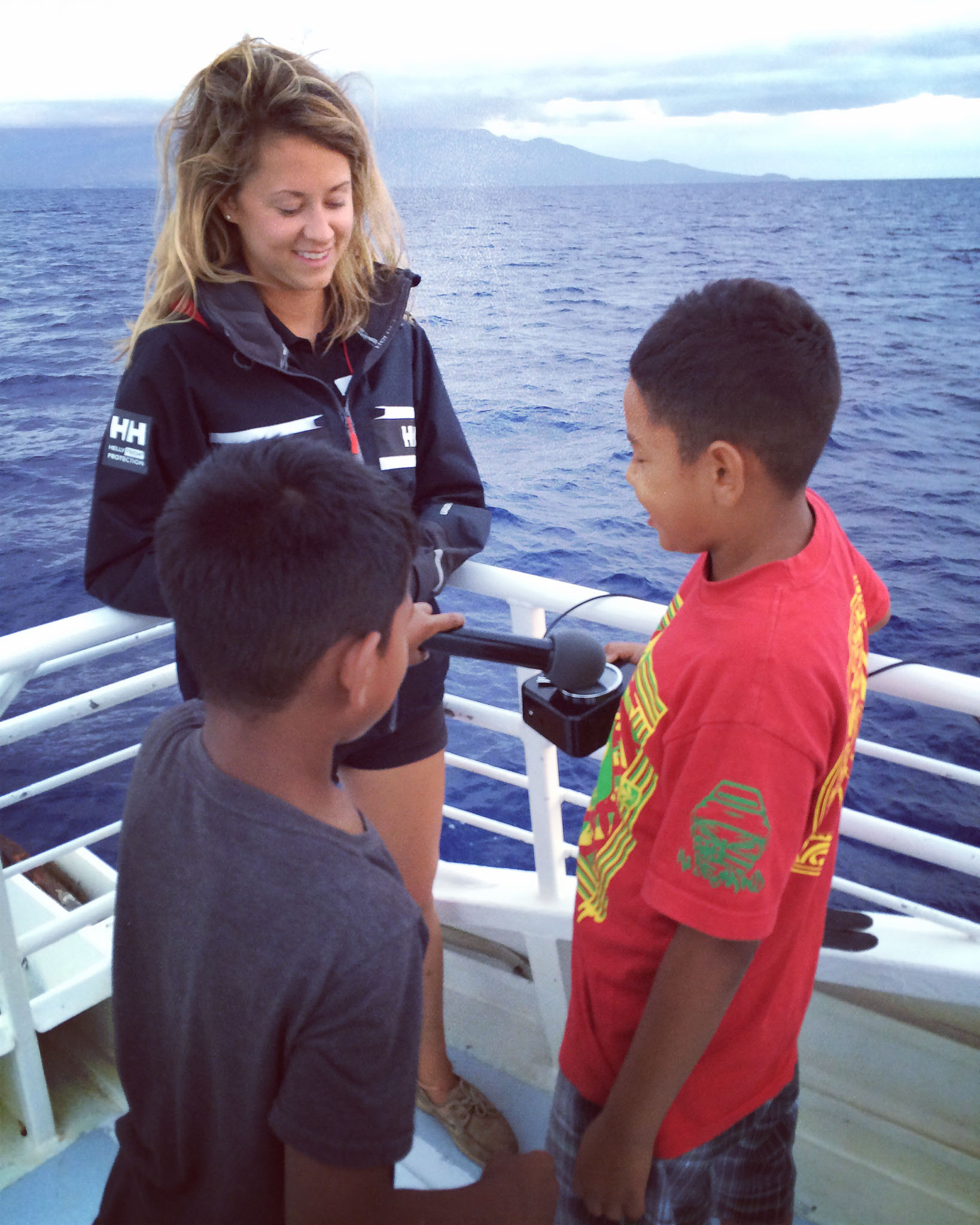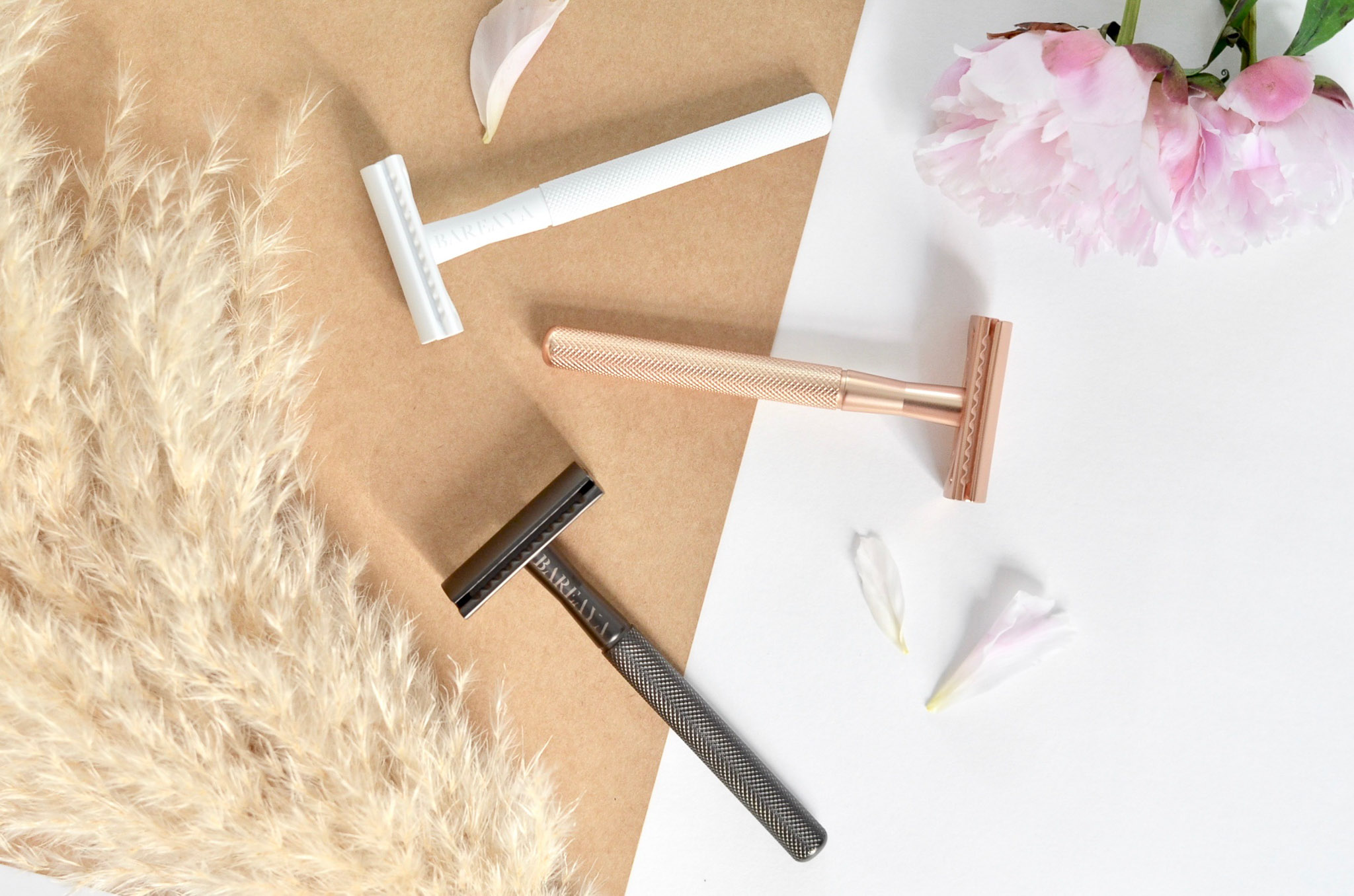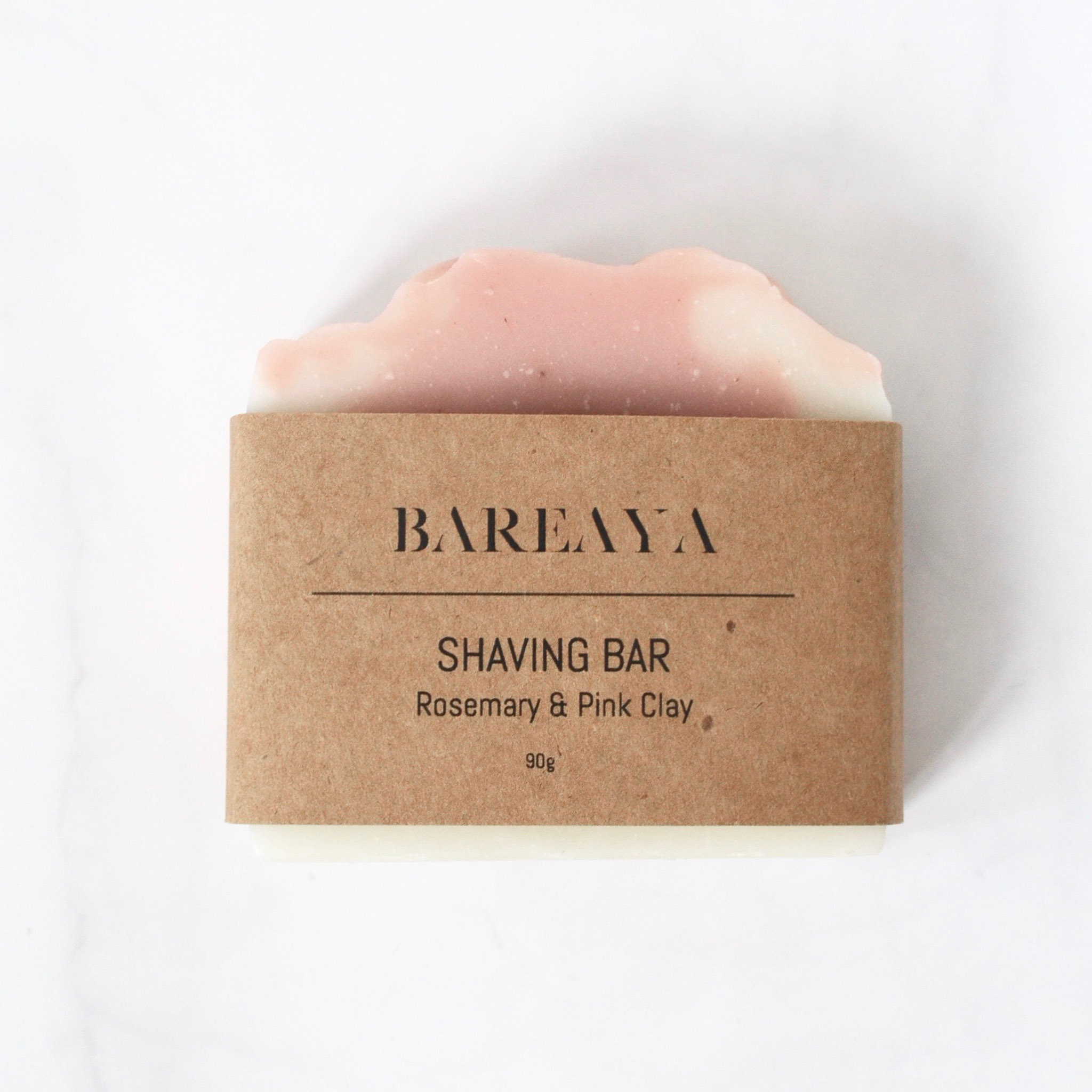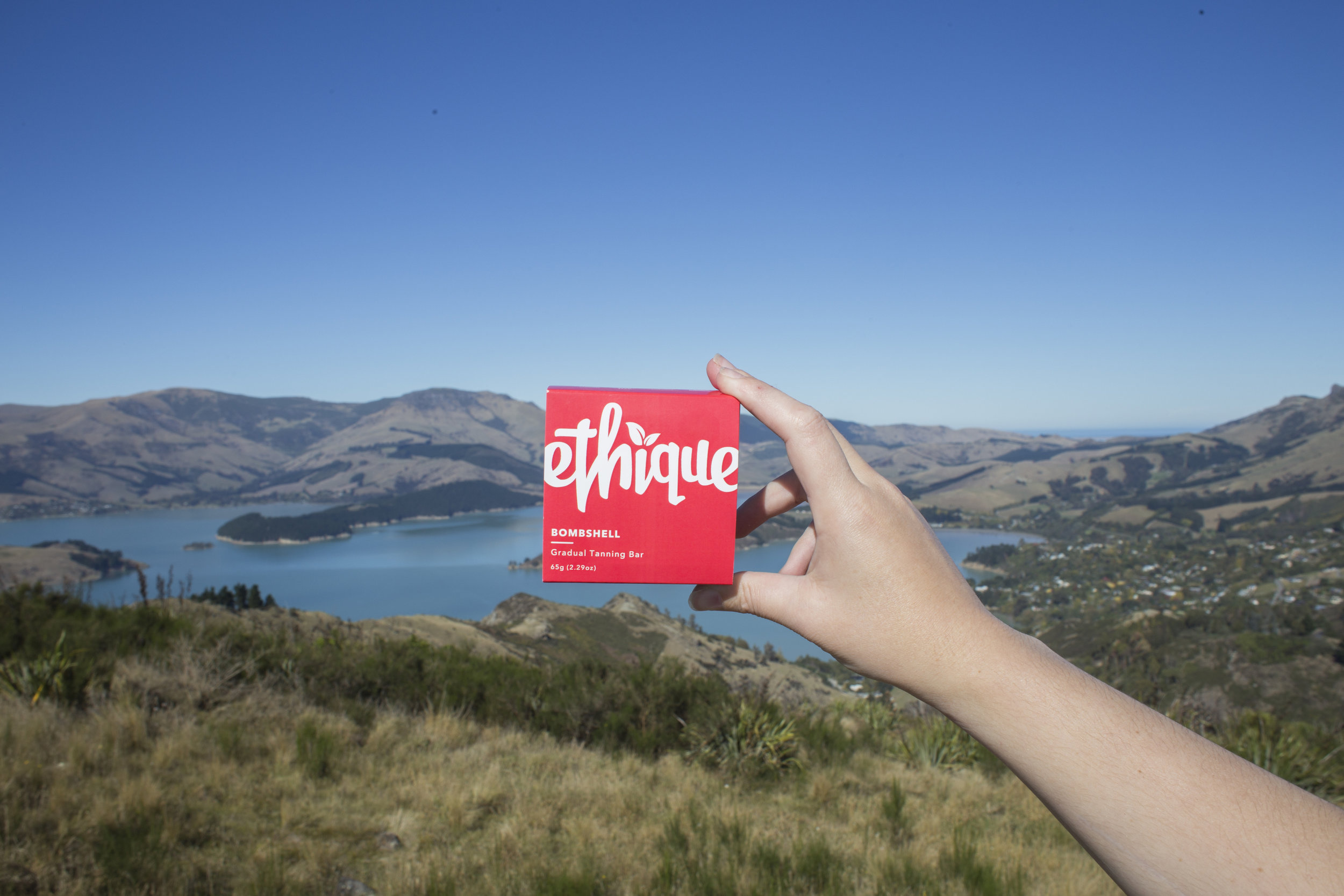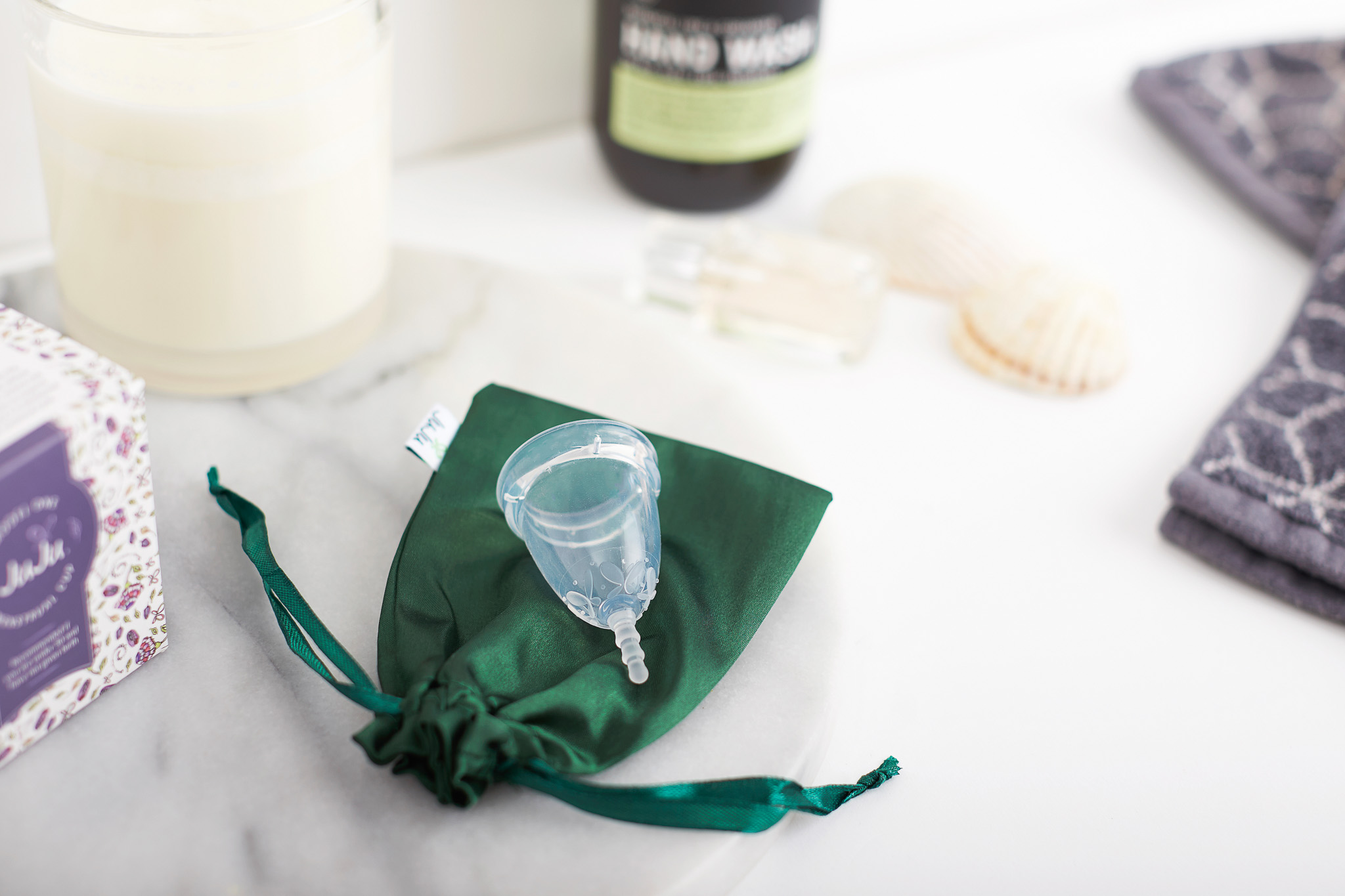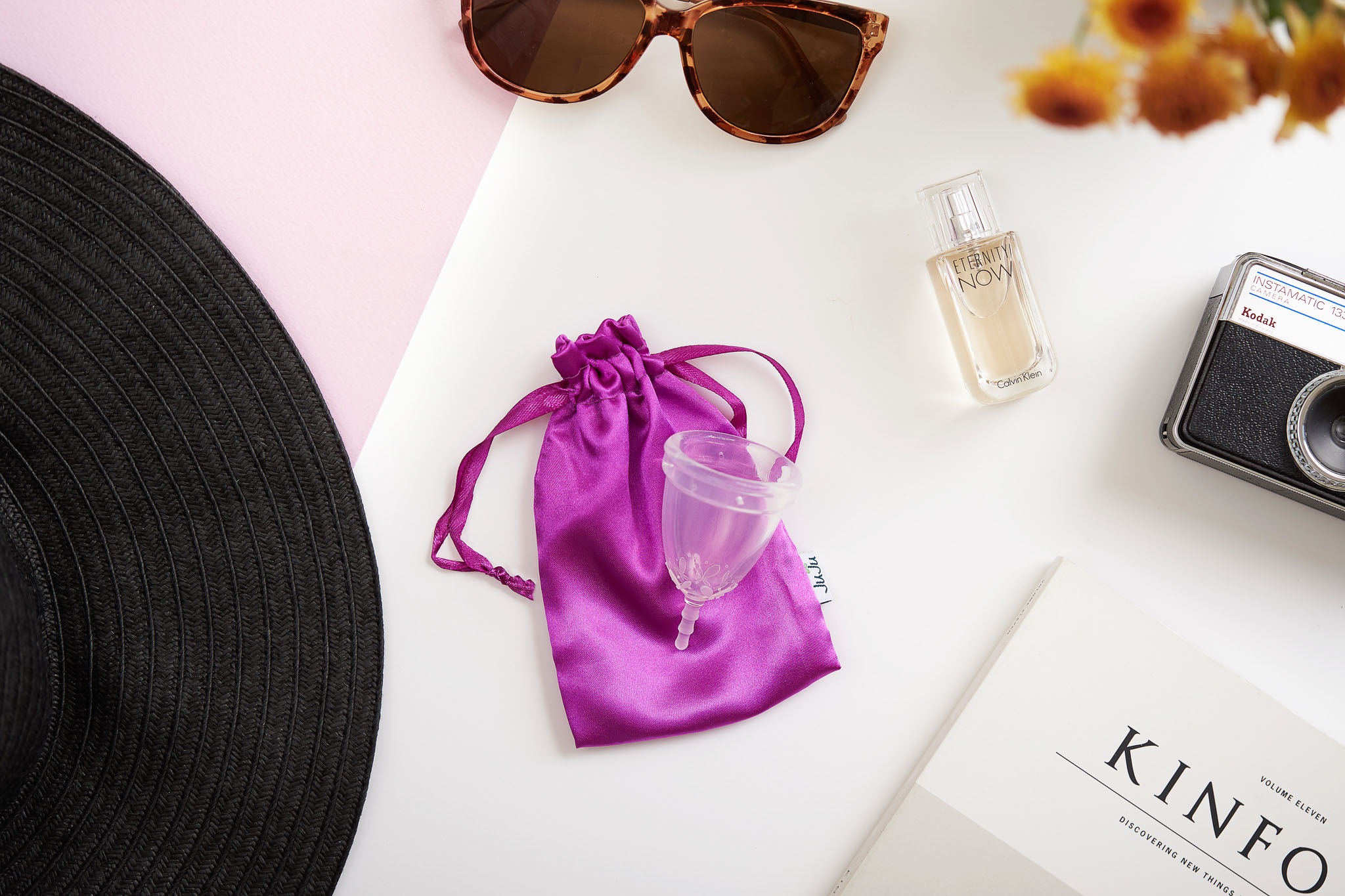Moving Off the Grid - Packing Green for a New Adventure in Tonga
There is a crazy new adventure on the horizon! One of my best friends and flatmates, Fi, and I are heading up to Tonga to work with humpback whales for the austral winter. I’m so thankful that for the last four years, I’ve been able to spend at least one season each year with my favorite cetacean species. Humpbacks are such incredible, majestic creatures to encounter on the water. With their extra-long pectoral flippers, inquisitive eyes, and acrobatic nature, they never cease to delight guests on a whale watch (or make my eyes pop).
Swimming-with-Whales Tourism in Tonga
Tonga is a main breeding ground for the South Pacific humpback whales, who spend their winters at these lower latitudes enjoying safe, warm waters to give birth and to mate. They make an impressive 5,000 - 6,000 km migration from Antarctica to be here - a humpback whale calf needs these warmer temperatures to survive for the first few weeks of its life. Now, if you know me at all, you know that humpbacks are my favorite marine mammal (and it’s pretty dang hard to pick a favorite!). But a lot of whale watchers and researchers share this same emotion because of the facts that they are 1) found in every ocean and along many coastal areas, perfect for marine tourism opportunities, 2) known for their curious and playful surface behavior, like spy-hopping, breaching, and “mugging” whale watching boats, and 3) capable of creating a beautiful, eerie, complex “song”, which can be heard throughout their breeding and feeding grounds and even along their migration (Hervey Bay, Australia, as an example).
I’ve been interested in learning more about the whale watching and, in particular, whale swimming industry here. I’m still brand new to Tonga and I haven’t studied marine tourism at a high academic level, but my past experiences and discussions with leading researchers in the field have lent me some perspective about what it takes to ensure a sustainable and responsible form of marine tourism. I’ve heard the number of operators in Tonga is quite high, and it’s proving difficult to put a cap on that and enforce the regulations that are in place. Your travel experience (and the amount of tourism pressure on the whales) depends which island group you’re embarking from for your tour; for example, in the Vava’u island group, there’s quite a few boats in the fleet. In Ha’apai, where I’ll be working from, there are only a few operators. These numbers fluctuate regularly, by the way, as the tourism sector attempts to control the explosive growth here. But this goes hand in hand with my previous posts on choosing ethical operators and ethical activities, and making sure that you’re supporting companies that have the whales’ best interests at heart.
Do your research! As a whale swim guide, I’ll be taking a maximum of four swimmers at a time in the water and am allowed to get no closer than 5 meters from the whale. All guides working in Tonga must take a whale guide course that is organized pre-season by the Tourism Bureau, which goes over whale behavior, first aid, regulations, swimming, and marine biology. It’s good that they have regulations around the whole operation. This is my first season doing this in the water with humpbacks (last season in Hervey Bay I was part of an immersive impact study on swimming-with-whales tourism, but the regulations were quite a bit different and the majority of my time as a naturalist was spent narrating the whale watches). So I’m excited to see how it goes! It’s a big responsibility to make sure that you’re not negatively impacting the whales in any way. This will mean observing them for a while before even attempting to get in the water. Some whales don’t want you around. Some can be very curious and interactive. It’ll take patience and experience to be able to tell the difference.
Packing for Life Off-the-Grid
Now, onto this new challenge of eco-packing. For the past couple of years, packing has taken on a new meaning for me. I’m not just packing to fit into airline luggage restrictions anymore. I’ve started to think more and more about what items I can include (and which to leave out) that will allow me to live a more minimal, less wasteful life in whatever destination I am heading to. That means I’m always toting around my favorite water bottle, my take-away coffee cup, a few different options of beeswax wrap, my bamboo utensils and straw, and even my go-to tupperware. I read a lot of books on my Kindle, or if I do bring books, I make sure to pass them along to someone new once I’ve closed the cover. I try and pack articles of clothing that are both versatile and durable, so they will last longer without needing to be replaced and can serve me well through a multitude of dress requirements. I’ll be posting more on that in a few weeks!
But this whole minimalist packing thing is being taken to a new level, as Fi and I are moving to a remote, off-the-grid island in the Ha’apai Island group of Tonga. There will be no stores. No pharmacy to run to for a quick fix or beauty product. Basically, we need to go prepared. Fi and I did a bit of brainstorming to figure out what products we can bring that will last us through the winter and produce minimal waste. I wanted to share the results of our scheming and the subsequent eco-conscious shopping mission, as I think it’s quite a useful zero-waste packing list regardless of where you’re traveling next. Heck, you don’t even need to be going traveling to use this list - maybe just read through these suggestions and think about how they can fit into your life at home!
1) Metal Razor
This one is new to me, and I’m positively buzzing over the new addition to my plastic-free toiletry family. This past summer, I’d been forgoing plastic razors in favor of either getting waxed or sugared, and in between, I just let my little hairs grow wild. No shame! BUT, in the heat of Tonga, I’d like my pits to be clear and my legs to be streamlined, so Fi did some internet sleuthing and found an affordable (and also aesthetically pleasing) safety razor that comes with replacement blades. The company is called Bareaya. “Totally plastic-free, they are kind on your skin and kind on the planet.” The only thing that needs to be tossed is the blade, so there’s no scare of icky waste. I’ve used it a few times and I love it! The directions are straightforward, and I’m excited to take this thing with me wherever I go on trips or future moves. They even have package-free shave bars on their site. Check them out!
2) Lucy Solar-Powered Lights
My first introduction to these solar-powered beauties was a few summers ago when my outdoor ed instructing roommate, Claire, toted these around on her overnight kayak trips. One of my backpacking buddies had a few on our romp around New Zealand’s South Island last year, and I found that there were few things that made sleeping in the backcountry feel more homey than these beautiful little inflatable globes of light twinkling in your tent after a long day of hiking. I picked up a couple for myself at REI last year and I’m hooked! I have a string light version of them, which was new last year, along with one of the standard inflatables. They are super lightweight, charge up quickly in the sun, and the LED lights last several hours on one charge. No batteries, no cords, just pure sunlight needed and a sense of adventure. They’re definitely going to come in handy when Fi and I are off the grid!
They also have options that include charging ports on the light as well, so you can juice up whatever little electronics you have with you. I haven’t used that option on my yet, and I’m planning on buying a bit of a heftier solar-charger for some of my devices, but it’ll be nice to have my Lucy lights as a back-up.
3) Kindle
As much as I love the solid, comforting feeling of holding a real book in my hands, nothing beats a Kindle for the lightweight ease of packing, the effectiveness of storing years worth of books in a compact way, and the ability to purchase or rent whatever book you want from anywhere with an internet connection. I especially love my Paperwhite, as it’s simple enough to serve it’s purpose as an e-reader and not much else, but it lights up in an eye-friendly way. I can imagine this will be really useful when I’m reading in bed and don’t want to use my solar lights. It’ll be winter, so the sun’s going down around 6 or 6:30.
I also take my Kindle with me on backpacking trips, because for me, nothing beats a nice snuggly evening in your sleeping bag, tucked away under the stars, with your favorite book propped up on your tummy. I don’t need to use a headlamp to read, so my mind can take those literary adventures as late as I like. Boo-ya.
4) Beauty Bars
I adore shampoo, conditioner, and face wash bars for their simplicity, effectiveness, and the effortless waste-free ethos they exude. I’m considering buying a lotion bar, but I also tend to just use coconut oil (which I can purchase locally-made here in Tonga). The company that I personally recommend is Ethique, which is available in NZ, Australia, and the U.S.A. but is made down here in Christchurch. They even make solid deodorant! If you want to read a bit more, I wrote a post for them about why these bars are your best travel buddies. I’ll be packing along all of my shower essentials here, and the best part is, I won’t have any packaging to dispose of when I’m done. Good, because there’s no place for plastic on a remote island in Tonga.
Tips for travel with your bars and how to store them in your suitcase? I’ve been wrapping mine up in beeswax wrap (which I was going to bring along anyway). Keeps it simple, clean, and convenient.
5) Juju Menstrual Cup
LADIES, for those of you that can ditch tampons and pads (especially ones with plastic applicators!) and haven’t done so already, the menstrual cup is your solution. There are plenty of different options and sizes for every woman. Although they’re made of silicone, they last for years, thereby preventing thousands of single-use sanitary items from entering the landfill. Last year in Byron Bay, I picked up a Juju cup and I love it. One of my favorite parts is the plastic-free packaging they use, the cute instructional booklet, and the little satin bag they include for you to stash away your cup when it’s not that time of the month.
Please make sure you follow all cleaning directions when using these products to ensure that they’re safe and sanitary for you to use. Once you hop on the menstrual cup train, though, you’ll wonder why you didn’t make the switch earlier!
5) Entertainment Gear (A.K.A. snorkel equipment :)
AND lastly…entertainment for me most days outside of work will probably consist of snorkeling, paddle-boarding, reading, and holding interesting conversations with coworkers and guests about…well, whales, probably. I’m excited to spend more time in the sea, practicing my underwater photography, my freediving (with a buddy of course!), and learning to identify new fish and invertebrate species.
I recall one of the oaths I made a few years ago to myself: I want to explore as many reefs as possible, as soon as I can, while they’re still around. And in the process, I want to document them and share their story. The future generations might not be as lucky as we are to see them in person (hint hint - learn more here). Stay tuned in the next few months for some vids and snapshots of the underwater world of Tonga.
So, there you have it! A relatively concise green packing list with items that will make it easier to live zero-waste (or at least closer to it). I recommend these items for really any trip you go on, but especially those that take you to some remote places that won’t have the best recycling and waste removal systems. Think green, and think about leaving nothing but your footprints in those beautiful places you get to travel to. Mindful travel, friends. Do it with purpose!
Stay tuned to hear more about my adventures working as a whale swim guide in Tonga. It’s going to be an awesome, new experience for me!
All views and opinions shared in this post are my own, and every single product I recommend is something I personally use. None are paid placements. I’m sharing these companies and products because I love them, and to me, they’re tried and true! Some of the above are affiliate links and I will earn a percentage of the sale if you purchase through them at no extra cost to you. This helps keep The Greenest Blue running – so thanks in advance for your support!
